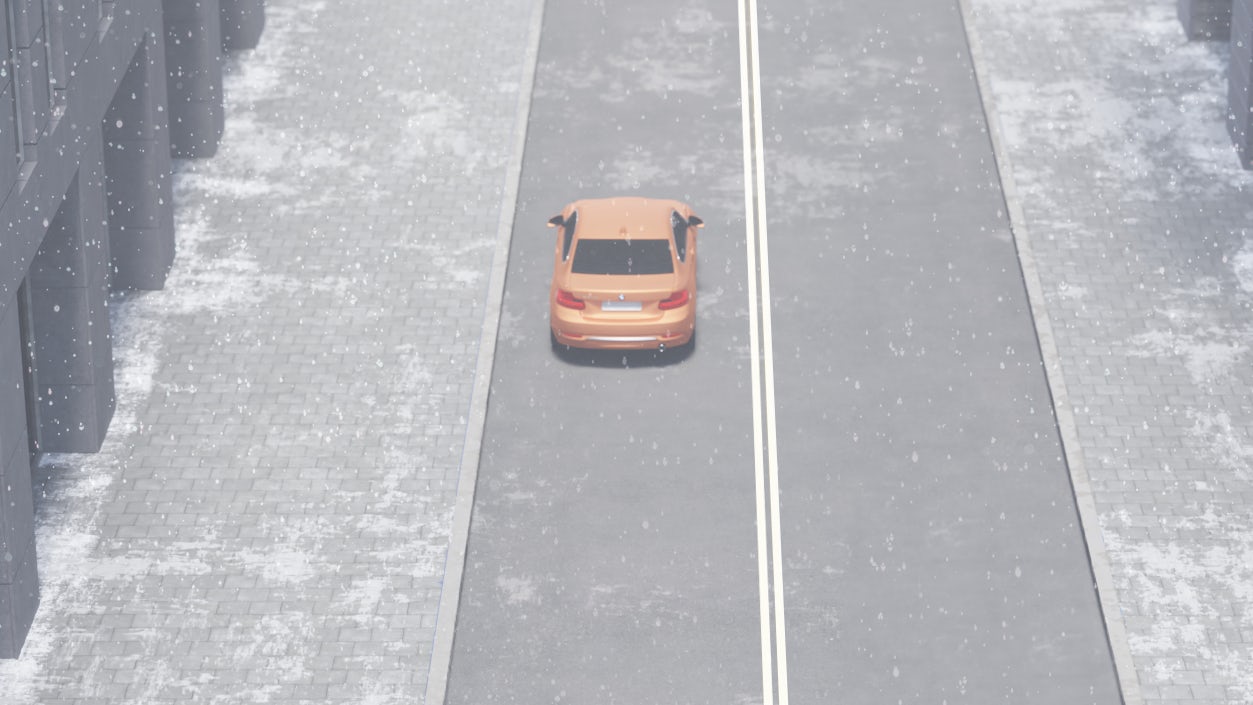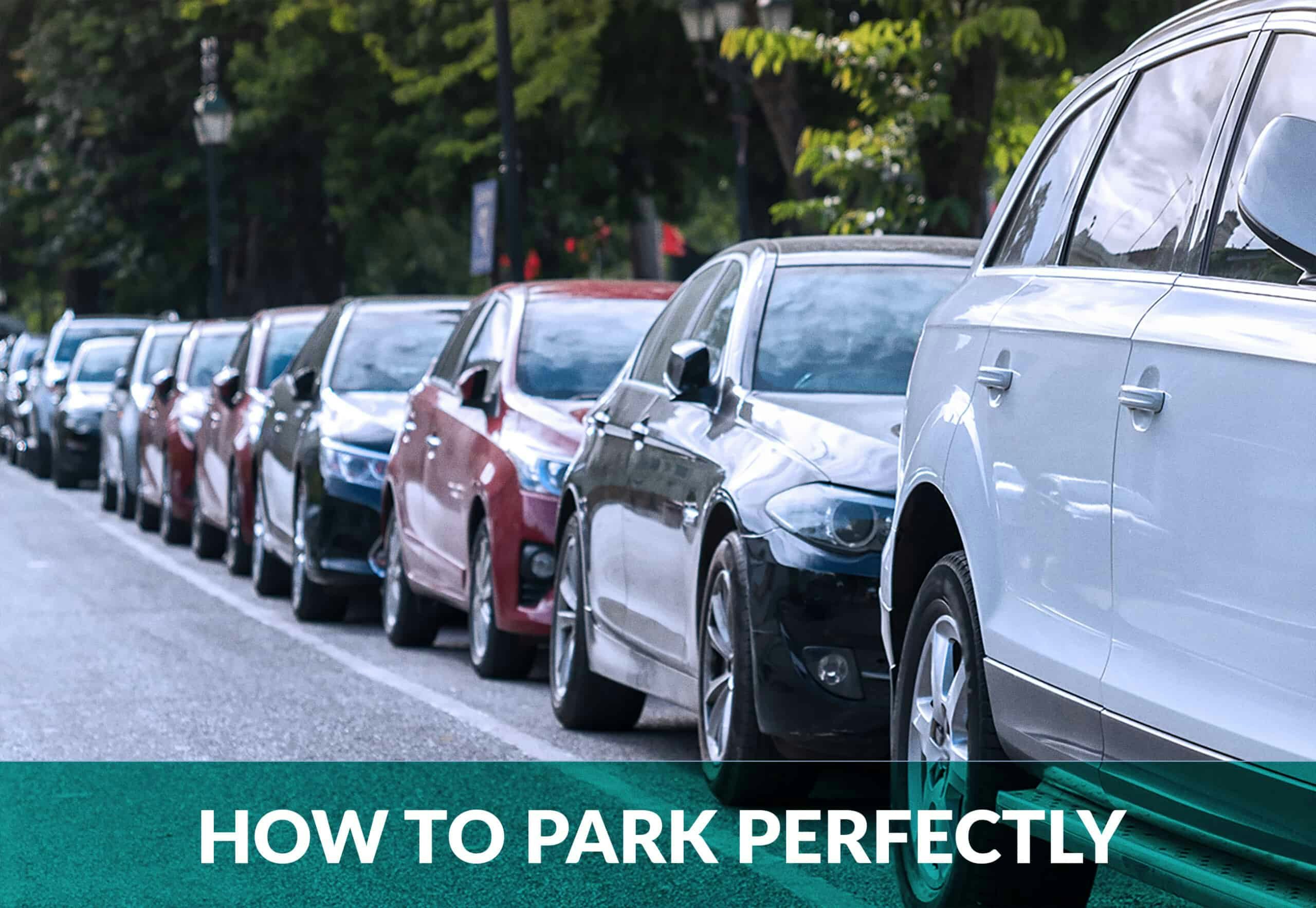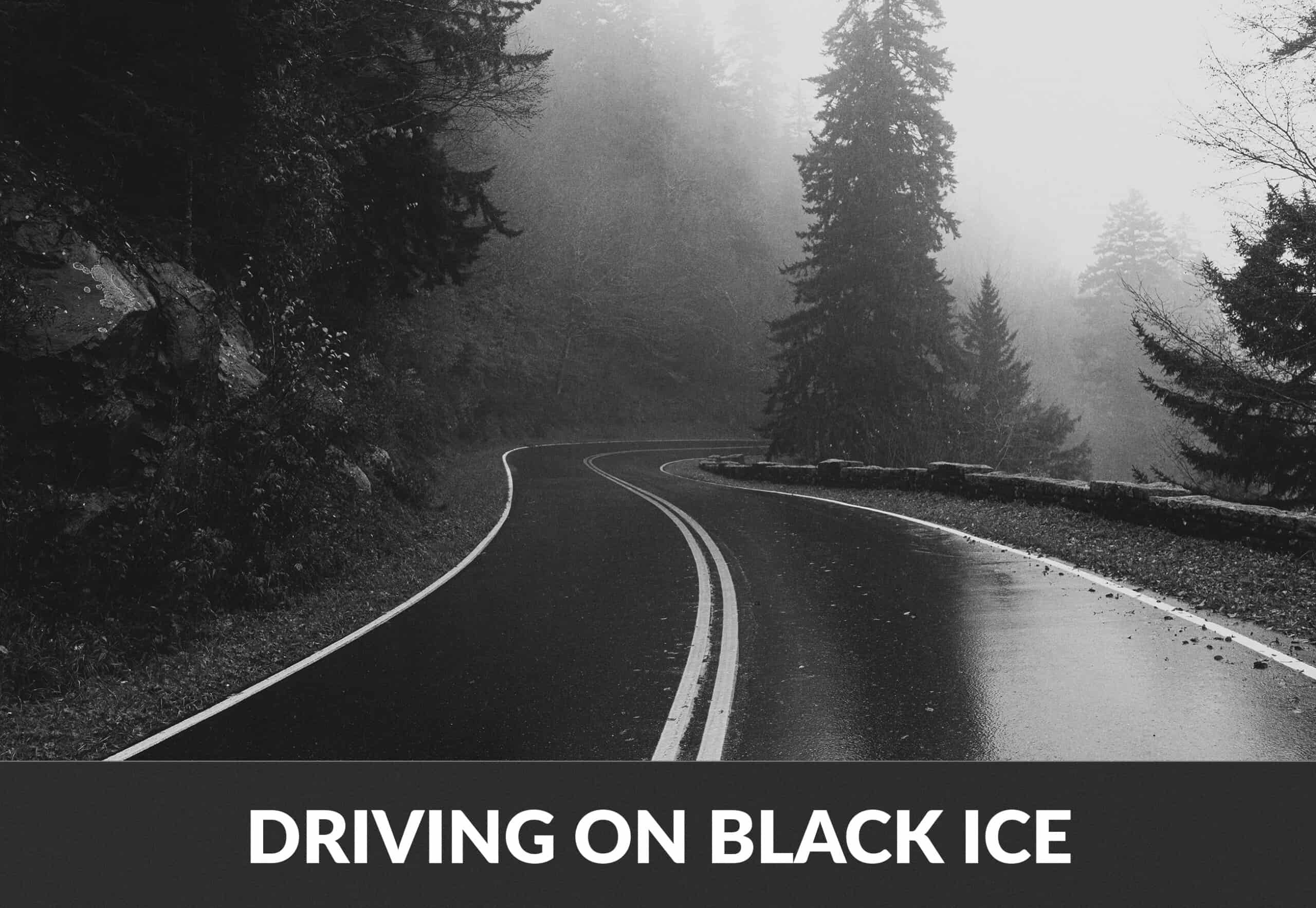
How to Drive in Snow and Ice: 10 Winter Driving Tips
As the days grow shorter and the weather turns cooler in the United Kingdom, and Europe in general, everyone begins slowly preparing for winter weather conditions. Warmer clothes come up from the basement, fireplaces are cleaned out and prepared, and plans for the holidays begin taking shape. Before the snow falls, it’s important to review some safe winter driving tips.
You’ll want to begin with the car itself. Be sure to have a mechanic check the basics including tyre condition, battery, breaks, lights, and wipers. Remember that cold temperatures may decrease your tyre pressure so checking more frequently may be warranted, especially since under-inflated tyres mean less steering control. Also, don’t forget that you need to change to winter tyres when the average 24-hour temperature drops below 7 degrees celsius – or when snow or ice is to be expected.
10 Winter Driving Tips to Stay Safe During Winter Conditions
Below, you will find a list of 10 tips that will help you safely drive in winter conditions such as ice and snow. Inclement weather can throw many unexpected things at a driver, and being patient and extra cautious are keys to safety.

Tip 1 – Prepare Your Vehicle
Before the winter weather hits, be sure you get your vehicle serviced and change to winter tyres. Make sure your fluids are topped off. It’s safer to have at least half a tank of fuel in case you need to take a detour because of road closures or bad weather. Also, top off with windshield fluid as road salt tends to increase your need during the winter for cleaning your windshield. You may also want to pack some extra blankets, a small shovel, and other emergency items into your trunk for the winter, just in case you get stranded.
Tip 2 – Avoid Driving in Inclement Weather
Young people tend to have an invincibility about themselves, believing that nothing bad will happen to them. If the roads are particularly icy or are covered with snow, stay off of them.
Tip 3 – Give Yourself Extra Time
When the immediate danger has passed and people are slowly getting back on the road, remember to give yourself plenty of time to get where you’re going. When driving in winter, you should not be in a hurry. Trying to weave around other cars because you left your home too late. Driving in snow and icy conditions is stressful enough; don’t worry about being late on top of that.
Tip 4 – Remember the Driving Basics
Don’t forget to buckle up and ensure that you are in a physical and mental state that’s safe for driving. Being too tired, distracted or under the influence of even a legal level of alcohol can pose extra risks during winter driving.
Tip 5 – Watch Your Speed and Increase Following Distance
Slowing down is critical in winter driving conditions. Be a little cautious to avoid hitting other cars or stationery items by reducing your speed.
Another way to be safer is to increase the distance between you and the vehicle in front of you. Instead of the usual 3-second following distance, we recommend at least five seconds in winter driving conditions. This will allow you more time to stop should something unforeseen happen. For example, in icy conditions, the stopping distance can be up to 10 times longer compared to when driving on a dry road, so you need that extra safety margin to stay safe. We also recommend you reduce your speed by half if driving on packed snow.
Tip 6 – Keep Your Low Beam Headlights On
Using your headlights isn’t only about allowing you to see better, but it will help you be seen by others. Especially during the winter, any extra visibility can be a safety precaution. However, remember that high beam headlights aren’t necessarily better than low beams. In bad weather conditions, high beams can actually make you see less instead of more.
Tip 7 – Select the Right Gear
If you have manual transmission, be prepared to use lower gears. The reason you should use lower gears is to turn your tyres more slowly, providing additional traction when driving in icy and snowy conditions. In addition, do not use cruise control during bad weather; you’ll want all the manual control possible.
Tip 8 – Clear All Windows
Be sure to leave enough time to clear all your windows of snow and ice as well as defrost them before you begin to drive. It can be tempting to just chip away enough so you can barely see and hope that the warmth of the car will take care of the rest during the trip. However, clear visibility is really important to stay safe in winter weather. Snow can also fly off your vehicle and create a road hazard for drivers behind you.
Tip 9 – Don’t Slam Your Brakes
If you happen to lose control of your vehicle on an icy road, it can be hard to know what to do quickly enough. The most important thing is to take your foot off the gas pedal so your vehicle reduces speed. It can be difficult to regain control because you often instinctively want to do the wrong things like slam on your brakes and counter-steer. If your vehicle has anti-lock brakes, that can help you from skidding. Regular brakes may need to be pumped to keep them from locking.
Tip 10 – Be Extra Careful Around Curves and Shaded Areas
Curves and shaded areas are known to hide spots of ice, making them very dangerous during winter. Especially on wet and cold days. These areas tend to freeze first, hide spots of ice, and remain frozen the longest.
That’s It
We hope these winter driving tips will help you stay safe during winter and other hazardous conditions. If you need any help refreshing your driving knowledge, you have come to the right place.

550+ exam-like questions
All you need to ace your test
Free trial
Recommended articles
Ace your theory test, guaranteed
Want to Be the Top School in Your Area?
- Simple & automated admin
- More time for teaching
- #1 learning materials for students


